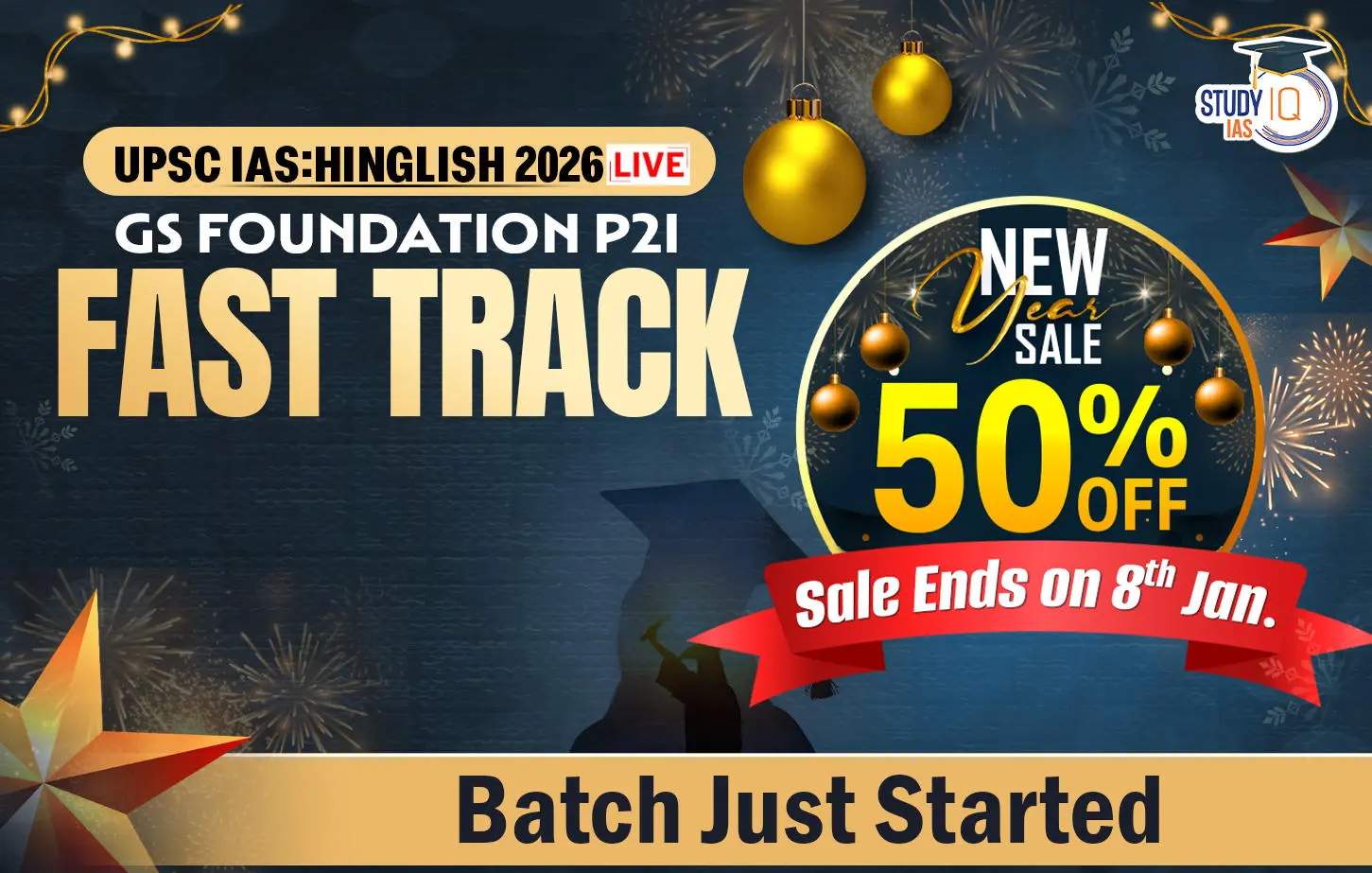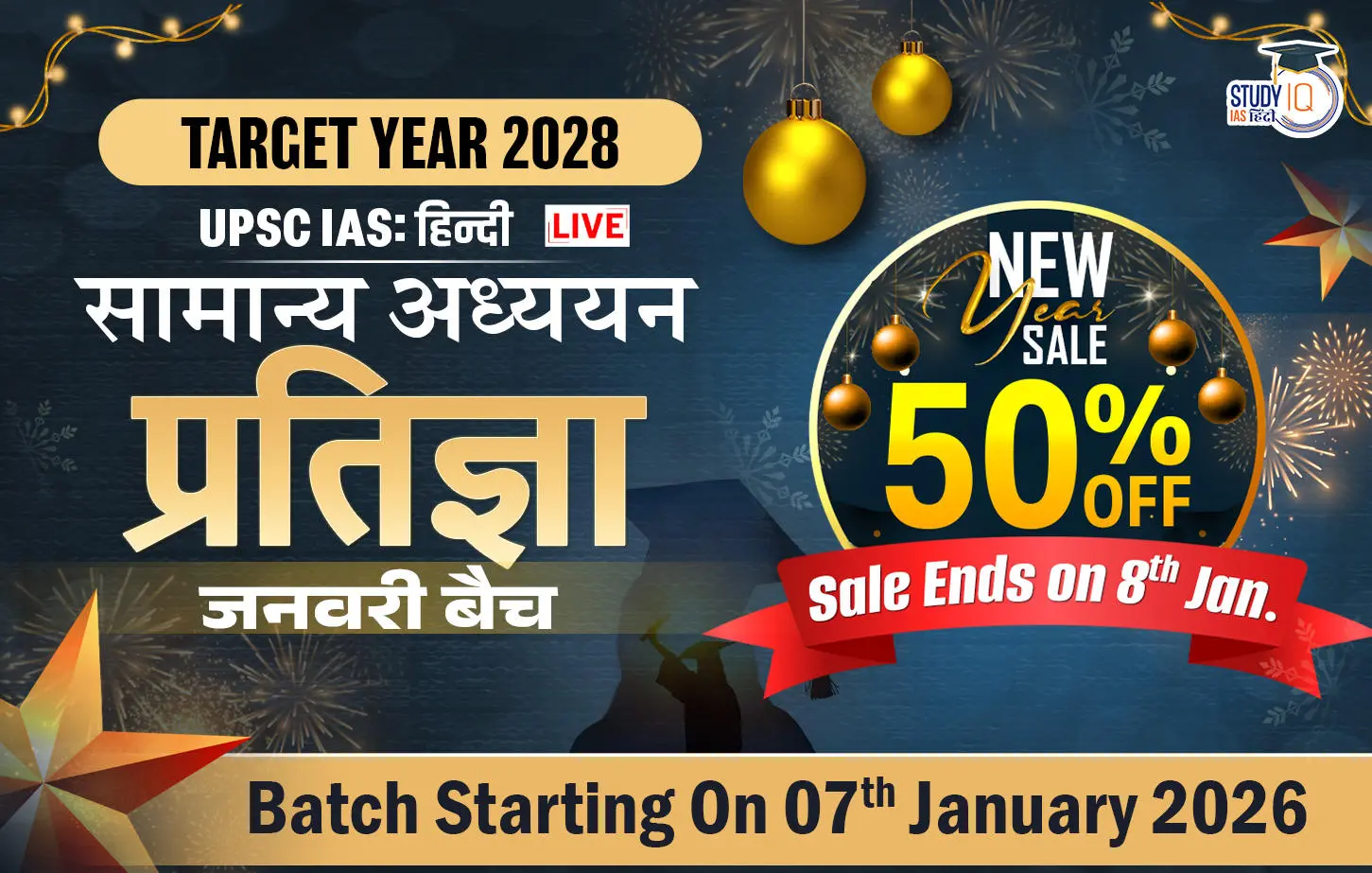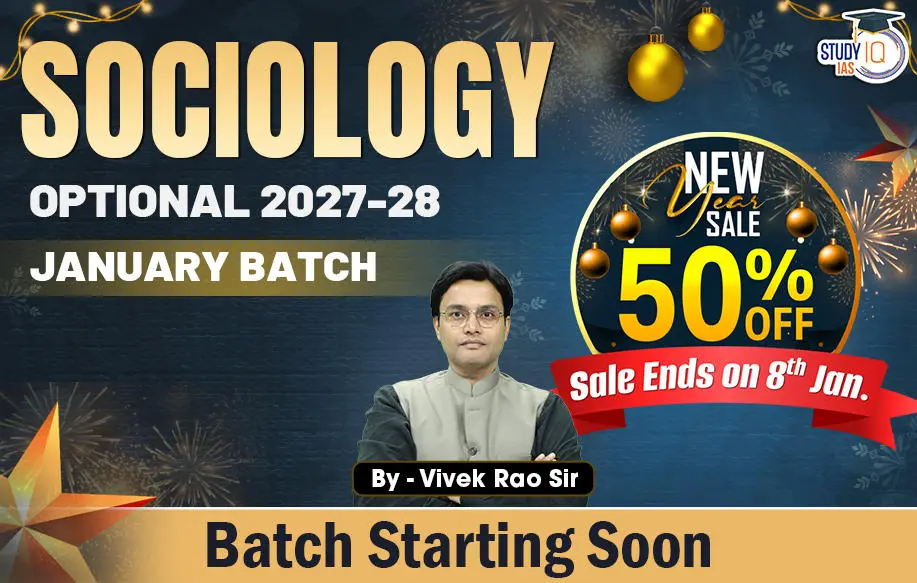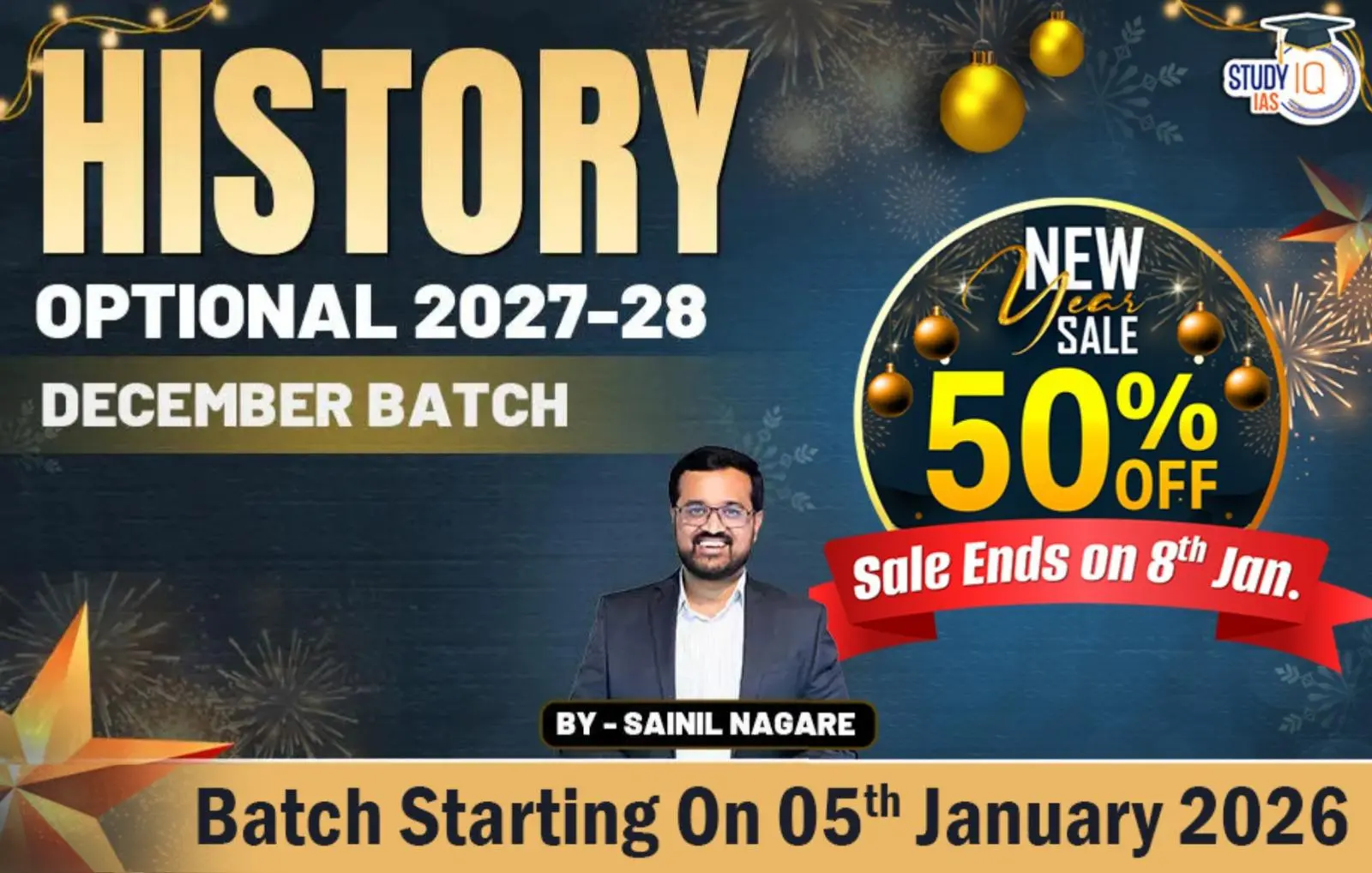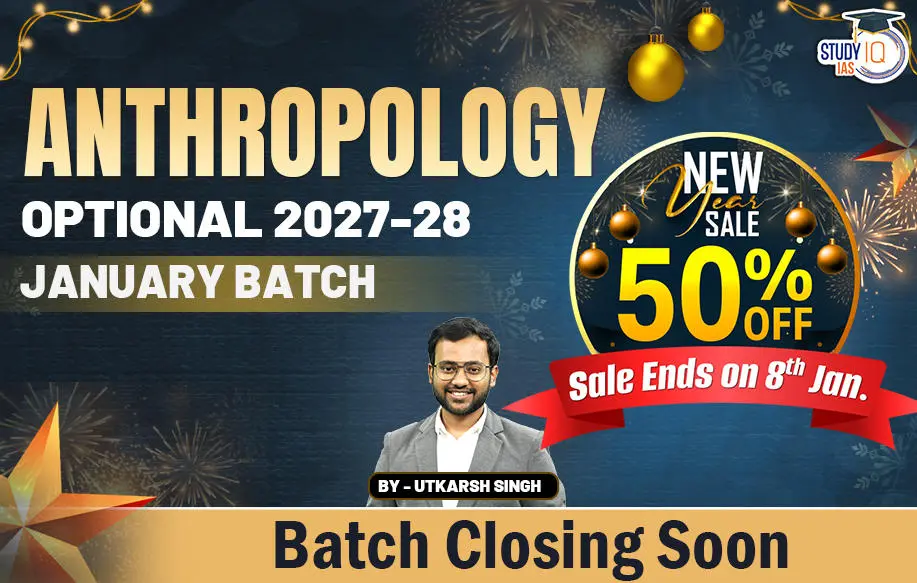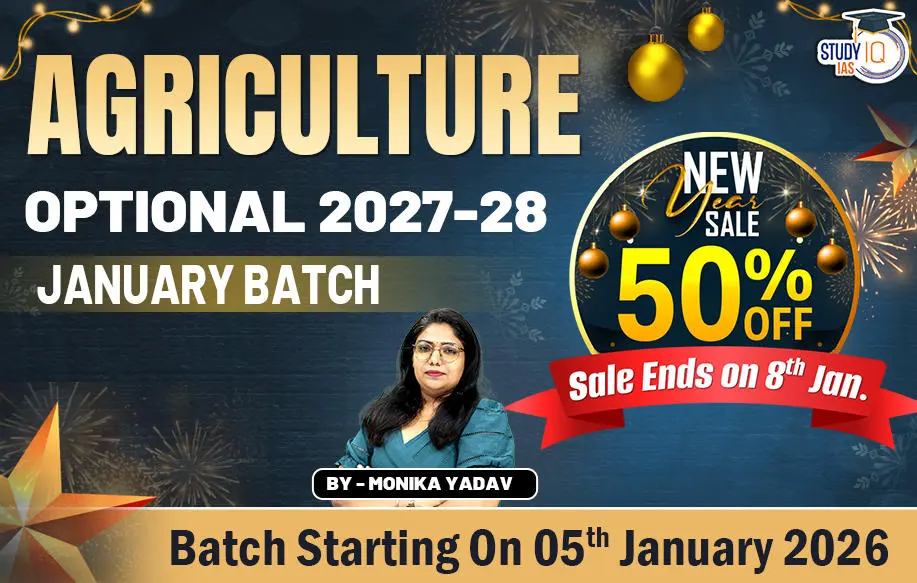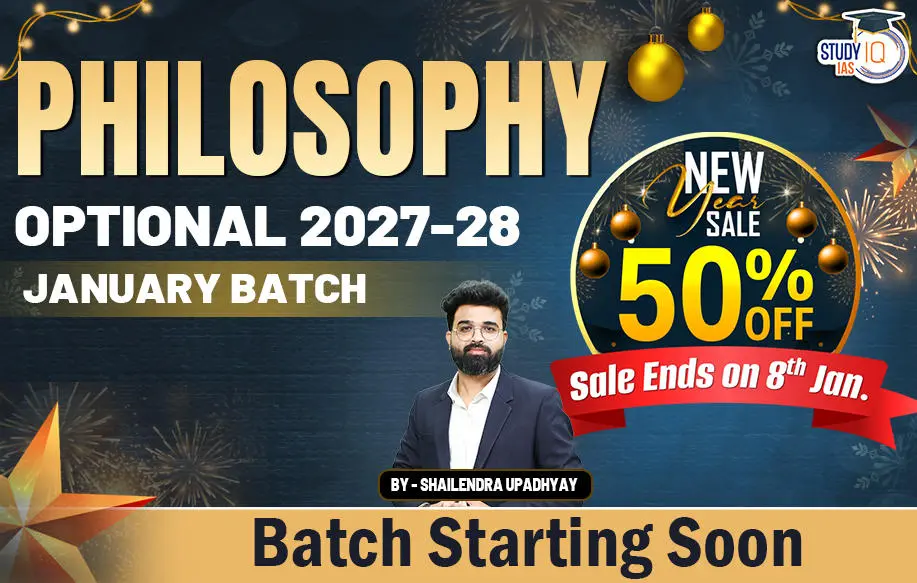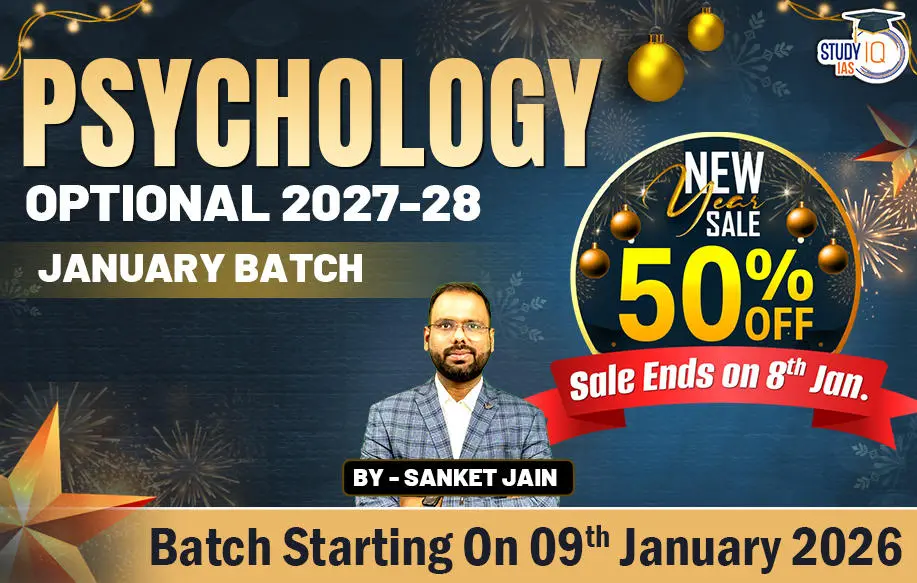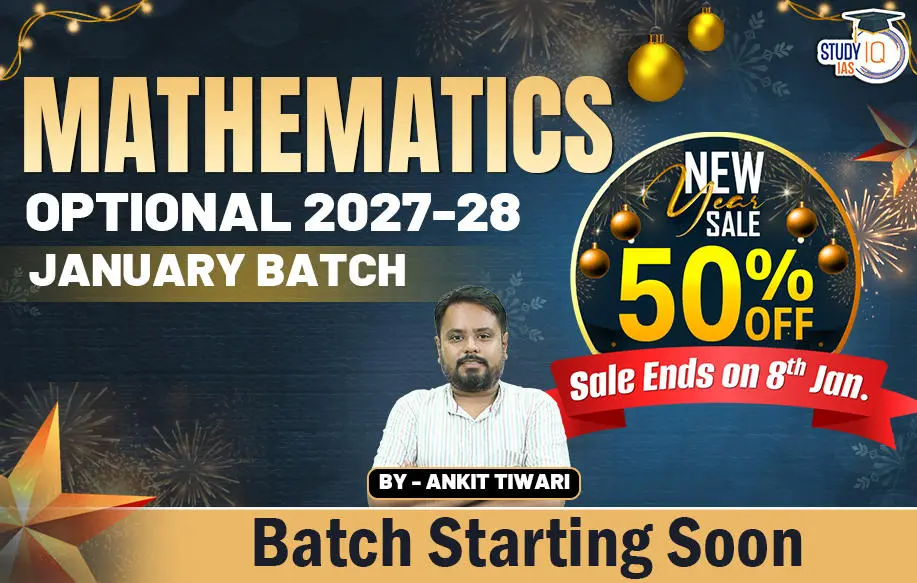Table of Contents
Current Situation
- The Nationalist Congress Party (NCP) is currently recognized as a state party in Maharashtra and Nagaland.
- In July 2023, a split occurred within the NCP, with the Ajit Pawar faction claiming support from 41 out of 53 MLAs in Maharashtra’s assembly.
- In February 2024, the ECI recognized the Ajit Pawar faction as the “real NCP” and allotted it the reserved ‘clock’ symbol for the upcoming Lok Sabha elections in April-May 2024.
- The Sharad Pawar faction (NCP-SP) was given a common symbol of ‘man blowing turha’.
Allocation of Symbols
- The Election Symbols (Reservation and Allotment) Order, 1968 empowers the ECI to allot symbols to political parties.
- The ECI can decide on disputes among factions/groups/sections of a recognized political party staking a claim to its name and/or symbol, as per the above-mentioned order.
- The ECI is the only authority to decide on such disputes. The Supreme Court upheld this in the Sadiq Ali Vs ECI case, in 1971.
- Types of Symbols:
- Reserved Symbols:
- These are reserved for recognized national and state political parties.
- Recognized National parties can use its exclusive and reserved symbol across the country.
- Recognized state party can use its exclusive and reserved symbol in a state in which it is recognized as such.
- Free Symbols: The ECI has a pool of 197 ‘free’ symbols (as of September 2021) that are allotted to unrecognised parties and independent candidates.
- Reserved Symbols:
| Facts |
|
Legal Framework and Tests for Recognition
- In Sadiq Ali vs. ECI (1971), the Supreme Court established a three-test formula for recognizing factions:
- Aims and Objectives: Evaluating if both factions align with the original party’s goals.
- Internal Democracy: Assessing adherence to party constitution reflecting inner-party democracy.
- Majority Support: Determining which faction commands majority support within legislative and organisational structures.

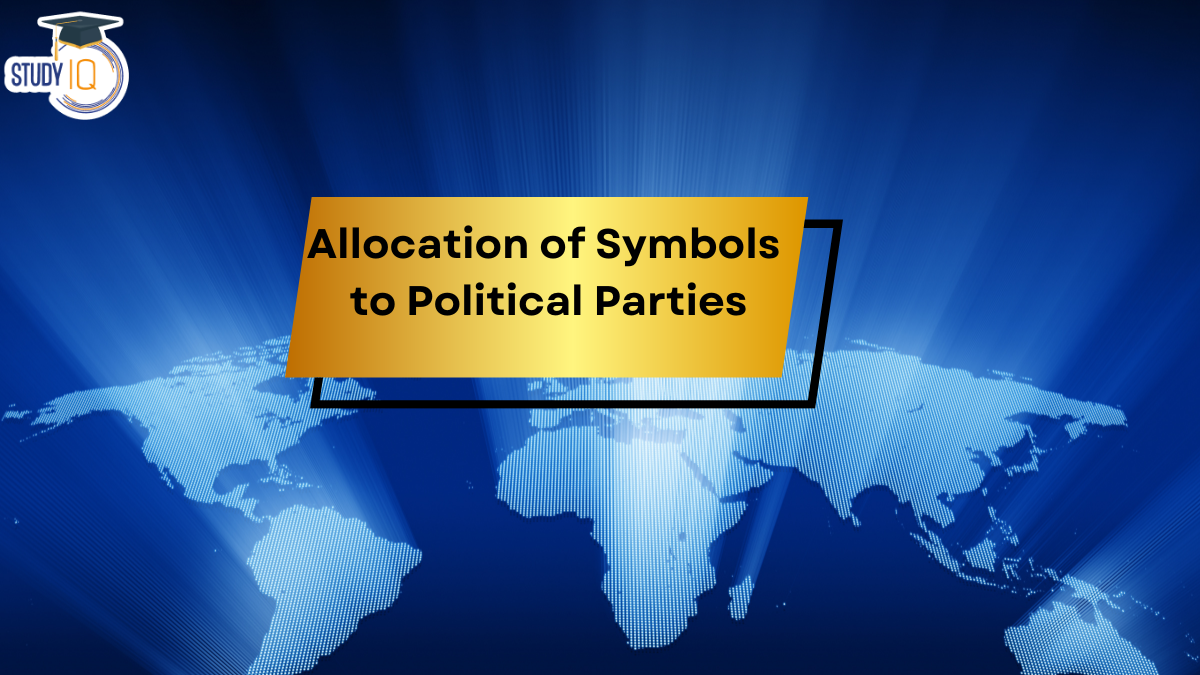
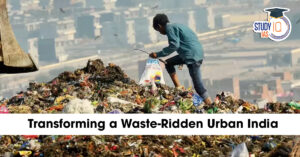 Transforming a Waste-Ridden Urban India:...
Transforming a Waste-Ridden Urban India:...
 Carbon Border Adjustment Tax (CBAM): Mea...
Carbon Border Adjustment Tax (CBAM): Mea...
 RBI Financial Stability Report 2025: Eco...
RBI Financial Stability Report 2025: Eco...

